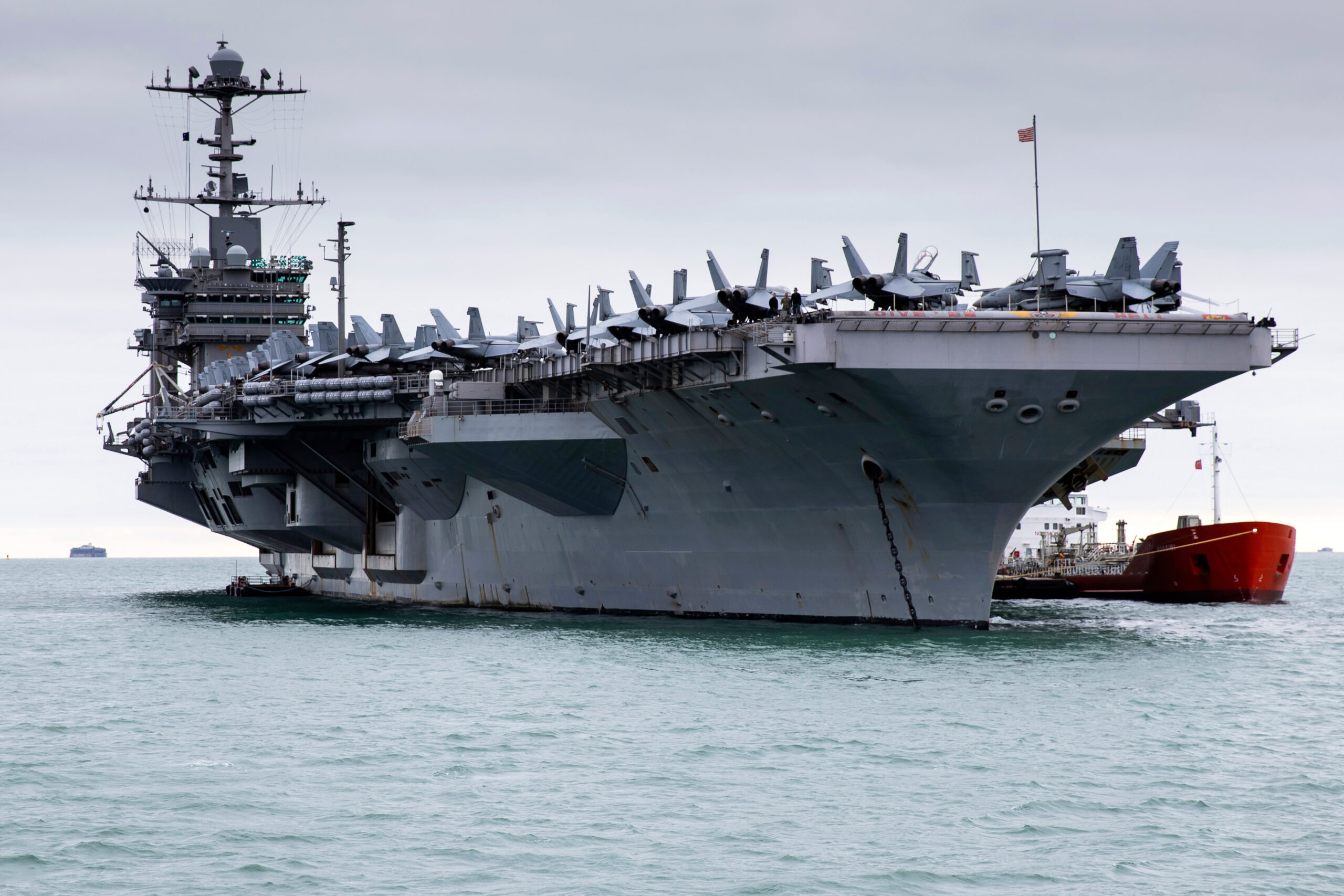Yemen vs. Somalia: Can U.S. Fight Both Wars?

The USS Harry Truman aircraft carrier conducted what a top admiral called “the largest airstrike in the history of the world,” dropping 125,000 pounds of ordinance on ISIS targets in Somalia while also combating Houthi rebels in Yemen.
At a Glance
- USS Harry Truman dropped 125,000 pounds of ordinance on ISIS targets in Somalia during an eight-month deployment
- The massive bombing campaign occurred simultaneously with operations against Houthi rebels in Yemen
- ISIS presence in Somalia has tripled to 1,500 fighters, with 60% being foreign terrorists
- President Trump announced a deal with Houthi rebels to cease attacks if U.S. bombing operations stopped
- The carrier moved to the Mediterranean Sea on May 19 after losing three fighters during its Red Sea deployment
Unprecedented Bombing Campaign Revealed
While U.S. military actions against Houthi rebels in Yemen have dominated headlines, a top admiral revealed that American forces were simultaneously conducting massive bombing operations in Somalia. The USS Harry Truman aircraft carrier, which recently completed an eight-month deployment, executed what military officials described as an unprecedented bombing campaign against terrorist targets in the Horn of Africa nation.
The carrier battle group delivered a staggering 125,000 pounds of ordinance on ISIS positions, dramatically escalating America’s military presence in the volatile region as terrorist groups continue to expand their foothold.
The scope of the operation was so extensive that military leaders described it as the “largest airstrike in the history of the world.” Recent strikes specifically targeted al-Shabaab positions north of Mogadishu, the Somali capital.
The Truman has since moved to the Mediterranean Sea as of May 19, marking the end of its extended deployment in the region, during which it lost three fighters including an F/A-18 Super Hornet. AFRICOM, the U.S. military command responsible for operations in Africa, has not responded to requests for comment on these operations.
Growing Terrorist Threat in Somalia
Intelligence reports indicate that the ISIS presence in Somalia has tripled in recent years, growing from approximately 500 to 1,500 fighters. More alarming is the composition of these forces, with military officials reporting that 60% of ISIS combatants in Somalia are foreign fighters who have traveled to the country specifically to join the terrorist organization.
This influx of international jihadists underscores Somalia’s continued role as a breeding ground for terrorism, where groups like al-Shabaab and ISIS continue to challenge the fragile central government and threaten regional stability.
The escalating terrorist presence presents a significant challenge to U.S. counter-terrorism efforts in East Africa, a region that has been a focus of American military operations since the early 2000s. Somalia’s strategic location near critical shipping lanes in the Gulf of Aden and its proximity to Yemen has made it particularly important in the broader fight against terrorist networks operating across national boundaries. The expansion of ISIS in Somalia represents a concerning development that threatens to destabilize not only the country itself but potentially the wider Horn of Africa region.
Dual-Front Operations Against Regional Threats
While conducting operations in Somalia, the USS Harry Truman was simultaneously engaged in countering Houthi rebels in Yemen who have launched nearly 500 attacks on shipping vessels and Israel since October 2023.
The U.S. launched a series of strikes against Houthi positions in March to protect global shipping lanes and regional allies from the Iranian-backed rebel group. Iran has supported the Houthi movement since 2009, with military aid increasing significantly after the rebels captured Yemen’s capital, Sanaa, in 2014.
In a significant diplomatic development, President Trump recently announced a deal with the Houthi rebels to cease their attacks on shipping vessels in exchange for stopping U.S. bombing operations against their positions. The President characterized the rebel response as having “capitulated” to American pressure after months of sustained military operations. This agreement represents a potential breakthrough in a conflict that has disrupted global trade through one of the world’s most critical shipping routes, though questions remain about its long-term viability and enforcement mechanisms.
























